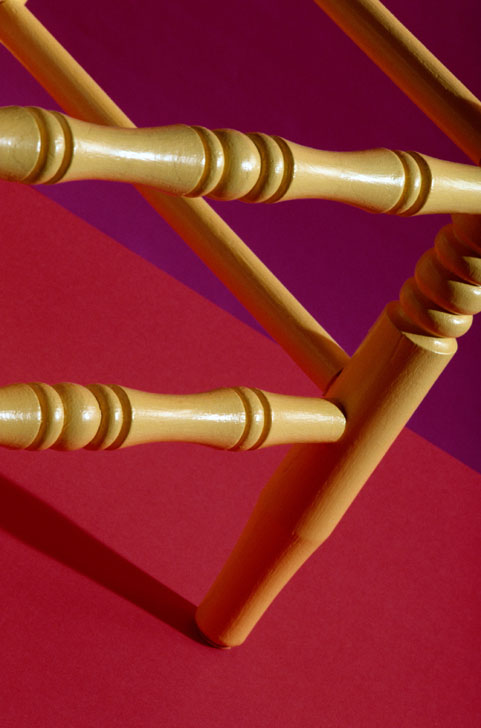Slide 1 of 4: Introduction
Author: Ronald J. Comer

Princeton University
Press the Next button to start this activity
Slide 2 of 4: 1.1 Benjamin Rush's Moral Treatments
Although Benjamin Rush, widely considered the father of American Psychiatry, came to believe in and practice moral treatment in the early 1800s, many of his prior treatments reflected contemporary medical thought and would be judged quite harshly by today’s standards. A case in point was his famous “restraint chair,” presented in this video.
- Chapters
- descriptions off, selected
- captions settings, opens captions settings dialog
- captions off, selected
- English Captions
This is a modal window.
Beginning of dialog window. Escape will cancel and close the window.
End of dialog window.
This is a modal window. This modal can be closed by pressing the Escape key or activating the close button.
This is a modal window.
Benjamin Rush's Moral Treatments
When you see pieces of apparatus like this, especially when they've been housed in a rather unalarming and picturesque museum, they simply strike you as obsolete and rather exotic curios left over from an unenlightened age, rather like the rack, or the iron maiden. But even when you know that they have a medical rather than a penal function, it's so easy to confuse something like this with an instrument of torture that it's easy to think of the men who invented and used such devices as medieval brutes or idiots.
And yet the odd thing is, that they were neither. In fact, the paradox is that although this fearsome object looks as if it belonged to the sheriff of Nottingham, it was invented and used by a man who is widely regarded as one of the paragons of the 18th century enlightenment. It was invented by Benjamin Rush, the Philadelphia physician who is now thought of as the father of American psychiatry.
And this chair, which was used for tranquilizing raving maniacs, was used by its inventor in order to exemplify certain rational principles of medicine. It worked quite simply. The arms were restrained inside these hollow containers here, on both sides. And the feet were confined, strapped into this double shoe box. And the head, meanwhile, was put inside this canopy here, with the vision obscured by this dark gauze.
Meanwhile, this closed stool arrangement took care of the patients' evacuations, which I imagine under these circumstances were frequent and full. The theory was that by calming and restraining the patient, cerebral blood flow would improve, and the brain would return to normal function. In the effort to accelerate and intensify these effects, machines were invented to whirl, swirl, shock, rock, and douche the patient back to sanity.
Slide 3 of 4: 1.2 Check Your Understanding
Slide 4 of 4: 1.3 Activity Completed!
Activity results are being submitted...